Planning a trip to New Zealand? Avoid common travel planning mistakes to ensure a smooth and enjoyable experience. This guide will help you navigate essential tips to make the most of your adventure in this stunning country.
Introduction to New Zealand Travel Planning
New Zealand is a bucket-list destination for many travelers, offering breathtaking landscapes, vibrant cultures, and endless adventures. Proper travel planning is crucial to fully enjoy what this stunning country has to offer. Without it, you might miss out on key experiences and make common travel planning mistakes new zealand enthusiasts often warn about. This guide will help you navigate potential pitfalls and prepare for an unforgettable journey.
Mistake 1: Booking Flights Before Itinerary Planning
One of the most common travel planning mistakes new zealand visitors make is booking flights before having a clear itinerary. While it might be tempting to take advantage of a great airfare deal, this can lead to unnecessary stress and expense. New Zealand’s North and South Islands are filled with diverse attractions that require deliberate planning.
Begin by researching the regions you wish to explore. Consider the travel seasons, weather conditions, and events happening during your visit. This foundational research will guide your itinerary and help you choose the most convenient and cost-effective flight options later.
Mistake 2: Trying to See Everything in One Trip
New Zealand may seem small, but the travel distances between attractions can be deceiving. Many travelers make the mistake of attempting to see everything in one visit, which leads to exhaustion and missed opportunities.
Instead, focus on a few key locations, spending at least two nights in each to immerse yourself in the local culture and scenery. For a 14-day trip, allocate a third of your time to the North Island and the remainder to the South Island. Use domestic flights to efficiently connect between islands, ensuring you spend more time exploring rather than driving.
Mistake 3: Winging It During Peak Summer
Peak summer in New Zealand, from November to March, is a bustling time for tourism. Many fall into the trap of “winging it” without reservations, only to find accommodations, rental cars, and popular tours fully booked.
To avoid disappointment, secure your must-do activities and accommodations well in advance. If flexibility is important to you, consider visiting during the shoulder seasons of October, April, or May, when crowds are smaller, and availability is better.
Mistake 4: Exchanging Money Before Arrival
Exchanging currency before arriving in New Zealand can result in unfavorable rates. Instead, use your credit or debit card to withdraw cash from ATMs once you arrive. This often provides a better exchange rate.
Most places in New Zealand accept Visa and Mastercard, so you may not need much cash. However, it’s wise to carry some local currency in case of emergencies, such as a blocked card or system outage. Notify your bank of your travel plans to prevent any issues with card usage abroad.
Mistake 5: Not Checking Passport and Visa Requirements
Ensure your passport is valid and check if you need a visa or an Electronic Travel Authority (ETA) before traveling to New Zealand. Most travelers require one of these to enter the country.
If you plan on driving, ensure your driving license is valid and, if necessary, obtain an international driving permit or an official translation. Approved translation services are available in New Zealand, so research these options ahead of time to avoid any complications.
Mistake 6: Forgetting to Pack Essential Gear
New Zealand’s weather is notoriously unpredictable, with the possibility of experiencing all four seasons in a single day. To fully enjoy your outdoor adventures, it’s crucial to pack essential gear. Start with a reliable rain jacket and multi-layer clothing. These items will protect you from sudden weather changes, whether you’re hiking in the mountains or exploring coastal regions.
Equally important are sturdy walking shoes, which are essential for traversing New Zealand’s diverse landscapes. Don’t forget to pack sunglasses, a sunhat, and a water bottle to stay hydrated and protected from the sun. A small backpack can be helpful for carrying these items, allowing you to be prepared for any situation.
Mistake 7: Bringing Too Much Luggage
Overpacking is a common travel planning mistake new zealand visitors often make. New Zealand’s customs regulations are strict, particularly concerning biosecurity. Avoid bringing fresh food, dirty shoes, or uncleaned camping gear to prevent fines or delays at the border.
Most accommodations provide washing facilities, so you can pack light and wash clothes as needed. Remember, the longer your trip, the less luggage you need. A minimalist approach not only eases your travel burden but also ensures compliance with local regulations.
Mistake 8: Underestimating the New Zealand Sun
The New Zealand sun is intense, especially in summer, due to high UV levels. It’s easy to get sunburned quickly, even on cloudy days. Protect yourself by applying sunscreen regularly, wearing a wide-brimmed sunhat, and using sunglasses with UV protection.
Be particularly cautious during outdoor activities such as sailing or hiking, where sun exposure is prolonged. Taking these precautions will help you enjoy your time outdoors without the discomfort of sunburn.
Mistake 9: Going to Bed Too Early Upon Arrival
Adjusting to New Zealand’s time zone can be challenging, especially if you’re arriving from a distant country. To combat jet lag, resist the urge to sleep immediately upon arrival. Instead, try to stay awake until local bedtime.
Engage in light activities like walking outdoors to help your body adjust to the new time zone. Exposure to natural light can aid in resetting your internal clock, making it easier to acclimate to the local schedule.
Mistake 10: Leaving Behind Luggage or Essentials
It’s surprisingly easy to forget personal items when moving between locations. To avoid this, create a checklist of essentials to review before departing each destination. This habit can save you from the inconvenience of leaving behind important belongings.
While it’s possible to courier forgotten items, this can be time-consuming and costly, especially during peak travel seasons. A simple checklist ensures you have everything you need, allowing you to focus on enjoying your journey.
Additional Travel Resources
To further enhance your trip, here are some valuable resources:
- Download the 100% FREE NZ Travel Planning Sheet here
- Watch our NZ Travel Planning Playlist on YouTube here
- Review our NZ Sample Travel Itineraries on YouTube here
- Check out our NZ Road Trips Playlist for route inspiration here
- Visit key NZ Travel locations on our playlist here
- Explore our NZ Must Do & See Playlist here
Self-drive Road Trips:








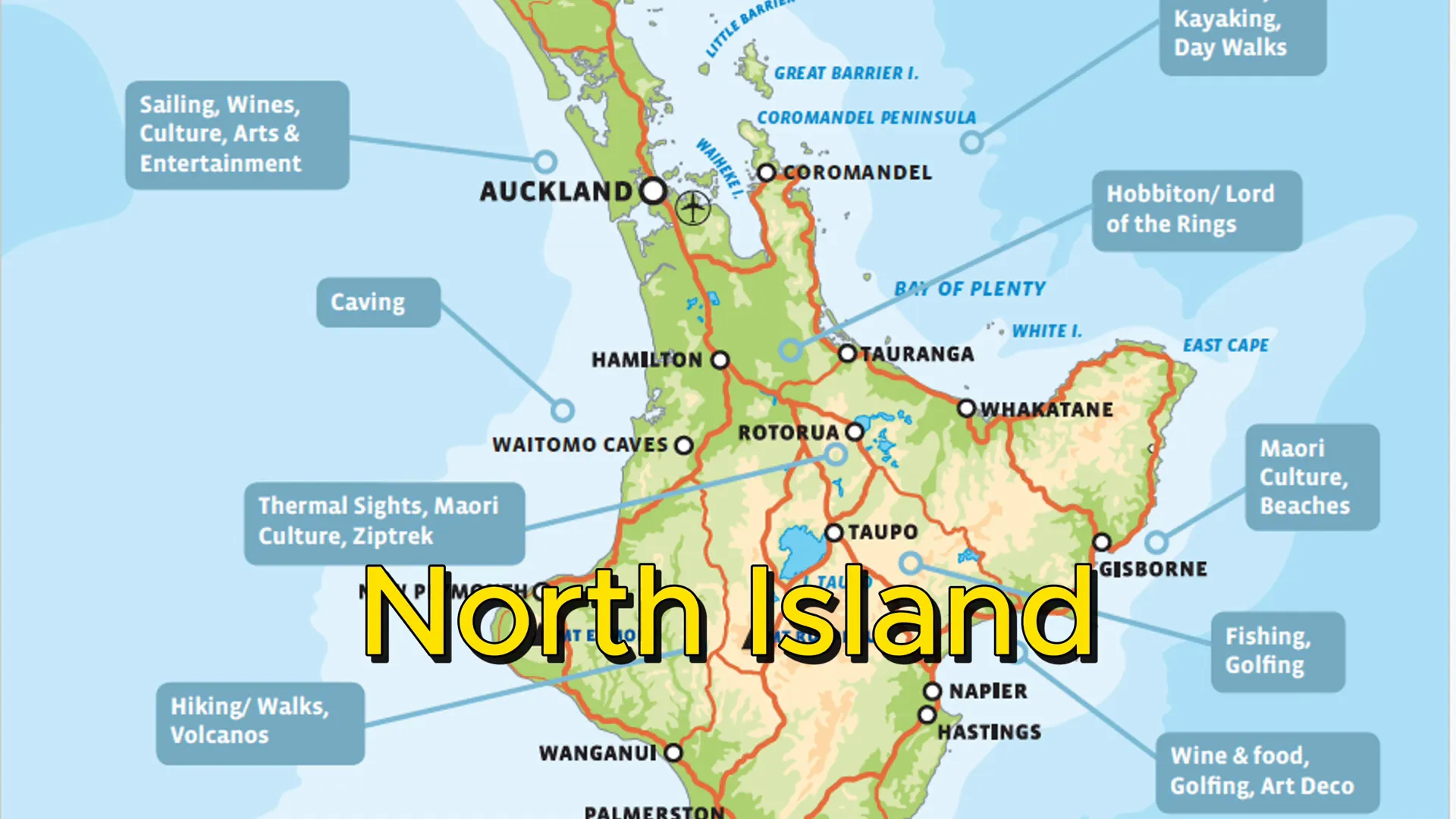
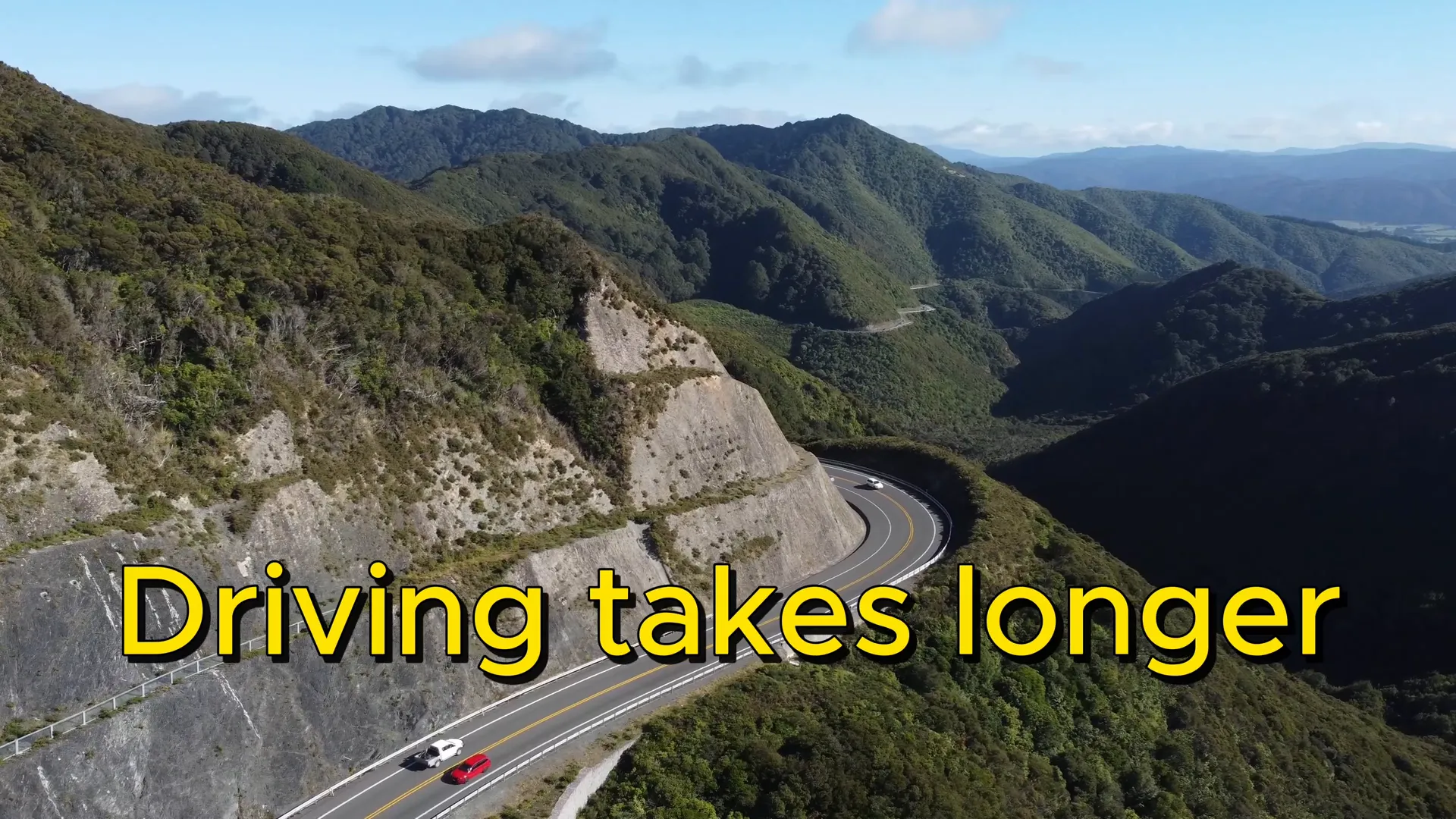
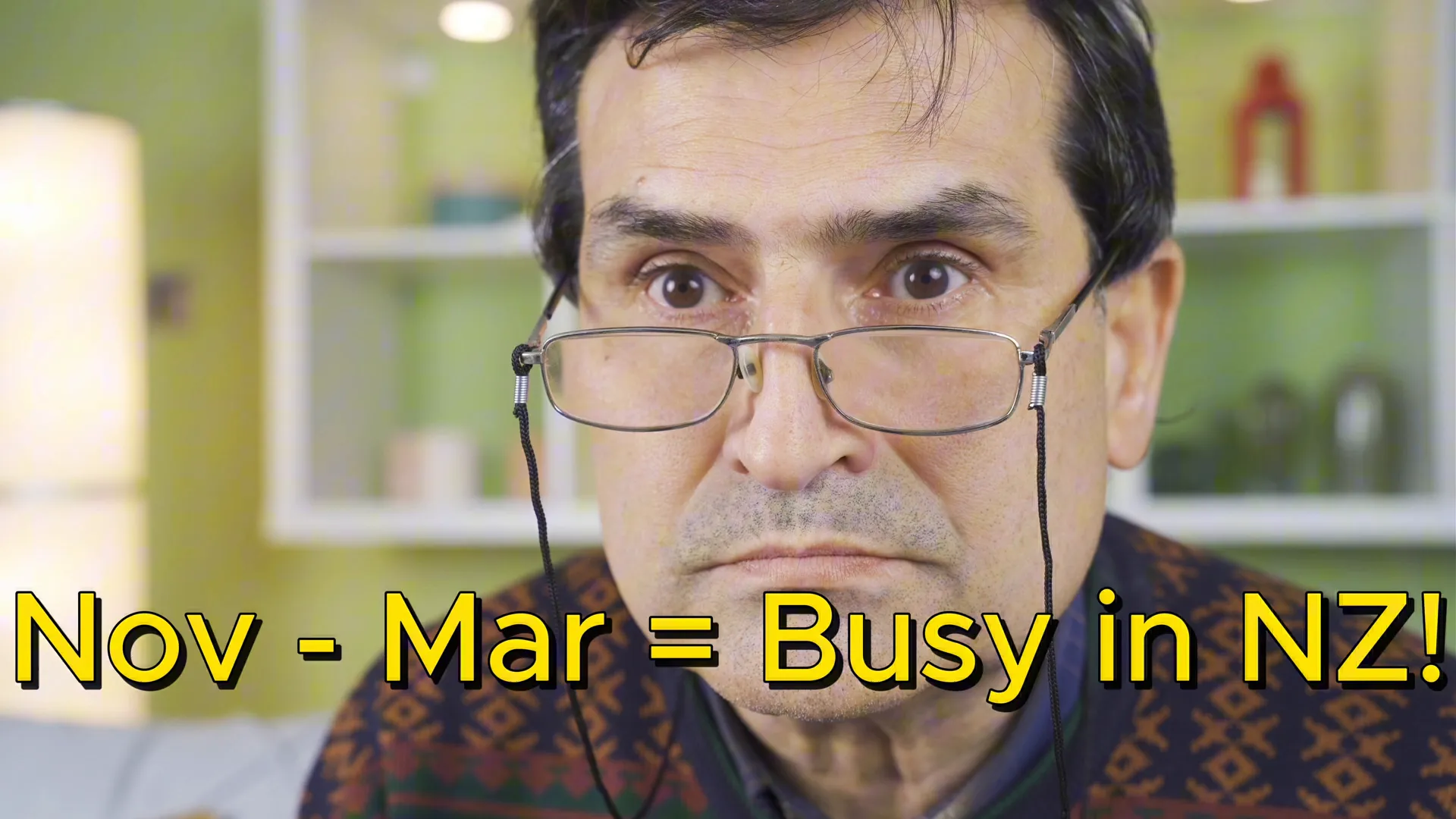

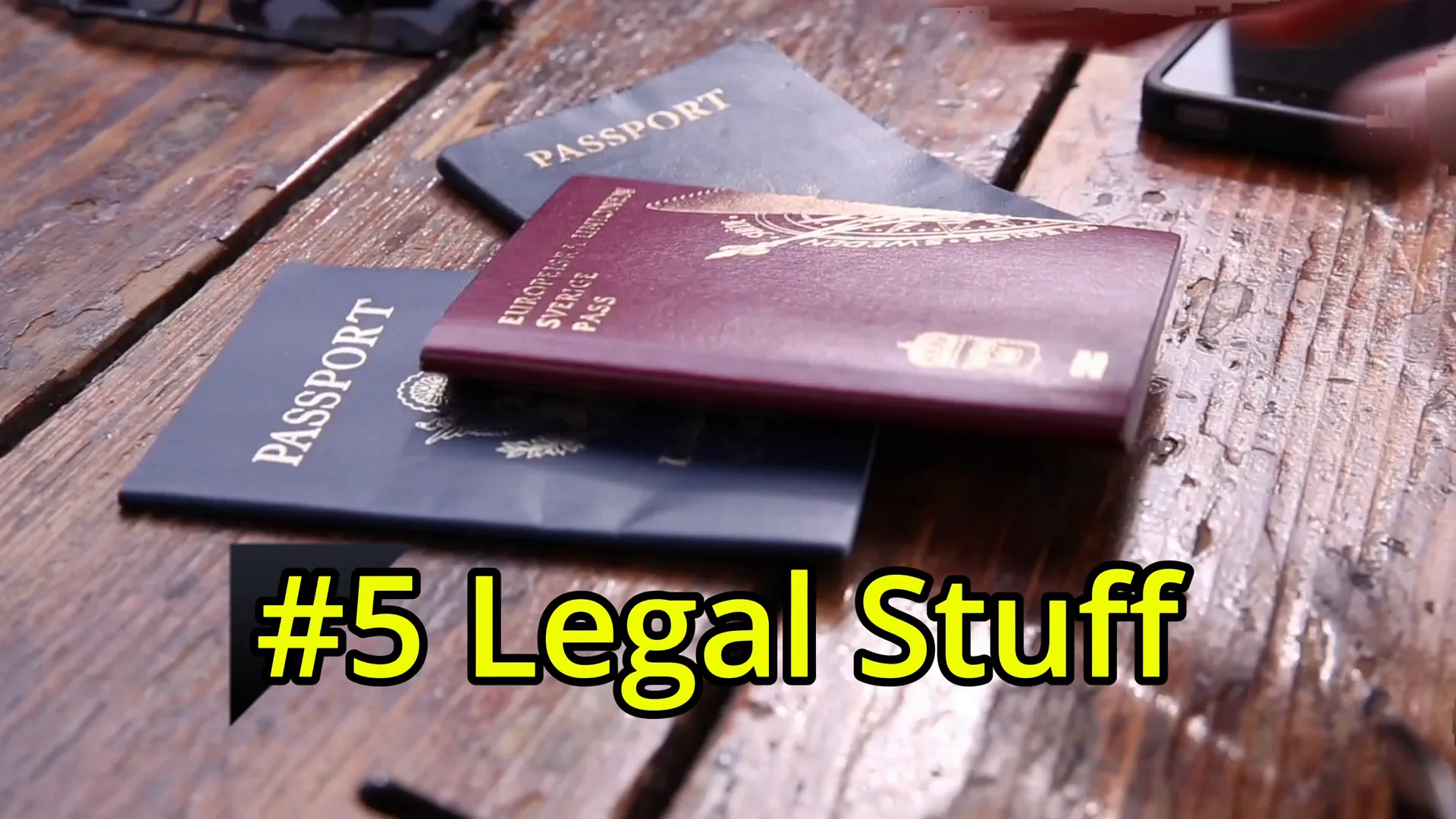
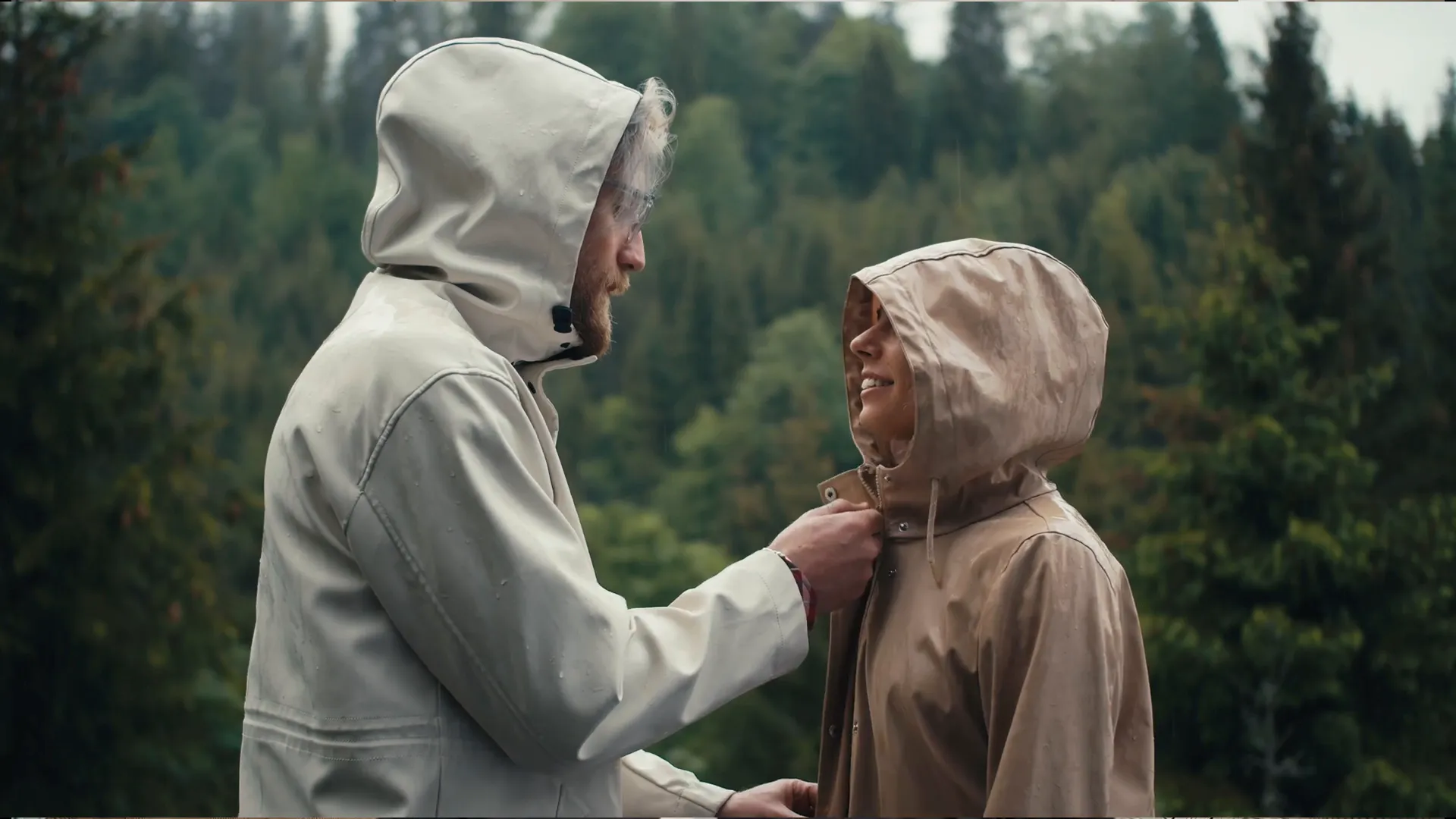



Can you suggest activities for Queensland region Last week of May
Check out the blog at https://guestnewzealand.com/what-to-do-in-queenstown-uncovering-hidden-gems/